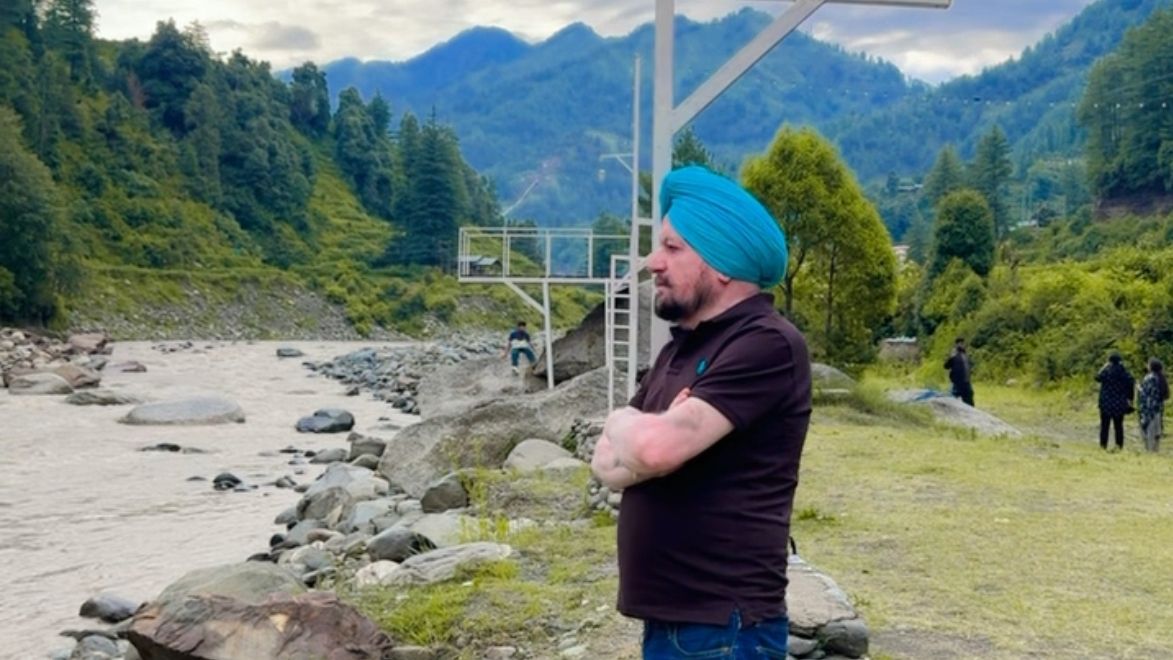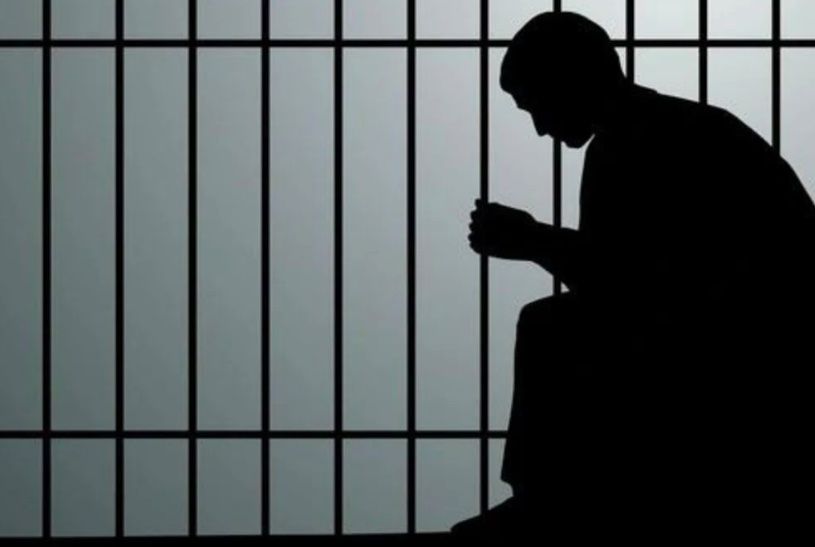Updated on July 23rd, 2025
Travelling – it leaves you speechless, then turns you into a storyteller. The beauty of Barot Valley makes you speechless, and you return with a lot to tell. We planned a trip to a hidden gem of Himachal, Barot Valley, a beautiful place surrounded by lush green forest, rolling hills, and the gentle flow of the Uhl river. Nestled in a scenic landscape, Barot Valley offers you a peaceful escape from the hustle and bustle of city life. Starting our journey from Jalandhar, we chose the way to Barot Valley via Kangra and Palampur.
A Long Weekend Plan: From Palampur to Barot Valley.
As I earlier said, we planned a long weekend getaway to Barot Valley, aiming to immerse ourselves in its untouched beauty. We started our journey on a bright second week of June. Our first stop was Palampur, a charming town known for its lush tea gardens and romantic vistas. We stayed there for a night, soaking in the cool mountain air and exploring local sights. Palampur is the place we have visited and explored many times. The next day, we set off for Barot Valley, travelling via Baijnath & Mandi. Known for its ancient temples and spiritual ambience, Baijnath added a cultural touch to our journey. However, the roads were congested with traffic, turning our drive into a time-consuming but scenic adventure. Nonetheless, the anticipation of reaching Barot Valley kept us enthusiastic through the long hours.
Arrival: Welcome to Nature’s Paradise
After a full day of travel, we finally arrived in Barot Valley. The moment we stepped into this tranquil valley, a wave of relaxation washed over us. The scenery was nothing short of breathtaking—verdant hills, the gentle flow of the UHL River, and a peaceful, almost untouched environment. It felt like arriving at a hidden treasure, a perfect escape from city chaos.
As it was a season’s day and a weekend as well, finding accommodation was not an easy task. It took us a long time to find accommodation. After settling and taking some rest, we planned to go down to the river site to sit and enjoy the river’s flowing water. So it’s recommended to pre-book accommodation if you’re travelling on season’s days in Barot Valley.
There are a lot of homestay accommodations in and around Barot village. Camps are also available there. You may book them online as well.
Stay at ‘The Break Time’ Riverside Camping Site
The next morning, we booked our stay at ‘The Break Time’ camping site, perfectly situated by the riverside of Barot Valley. After booking our stay, we preferred to walk through the village. There are so many eateries where you may enjoy food, Maggie and especially freshwater trout fish, which is available everywhere in Barot Valley. It was drizzling, and we ordered pakora and tea near a natural water fountain. After spending time, we came to our camp in the evening. The campsite offers a unique blend of comfort and adventure, with tents pitched just steps away from the calming river waters. Waking up to the sound of flowing water, surrounded by pristine nature, was an experience.


The camping site was well-equipped with amenities, but the real magic was in the location. The river flowed gently beside our tents, inviting us to explore further. We enjoyed it a lot and captured many moments. Sitting with our feet dipped in the cold and clear water, we felt a profound sense of peace. The weather was just perfect—cool, crisp, and refreshing, a welcome respite from the hustle and bustle of daily life.


The UHL River’s tranquillity provided the perfect setting for reflection and relaxation. It’s moments like these that remind us of the simple joys of life in Barot Valley.
A Cozy Night: Cooking, Conversations, and a Bonfire
As darkness descended, we decided to make the most of our camping experience. We cooked Maggi noodles, a simple yet satisfying meal, while sharing stories and enjoying the cool mountain air. To add to the evening’s delight, ‘The Break Time’ camping site arranged a warm bonfire. Sitting around the crackling fire, sipping our drinks, and sharing laughter under a star-studded sky was truly magical.
Cherished Memories in Nature’s Embrace
Our short stay in Barot Valley was a perfect blend of adventure, relaxation, and connection with nature. The scenic beauty, peaceful environment, and warm hospitality made it a trip to remember. Whether it was the calming river, the lush hills, or the friendly camping experience, every moment was priceless.
Barot Valley is a hidden gem that promises serenity, scenic splendour, and an escape from the chaos of everyday life. As travel enthusiasts say, “The best journeys answer questions you didn’t think to ask.” And in Barot Valley, every moment answered the call for peace and adventure.























